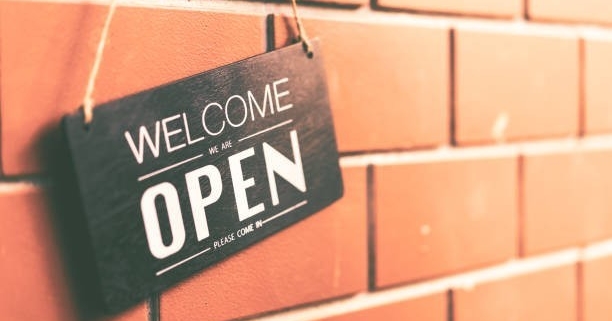- Unlock the potential of AI in Digital Media - 4. December 2023
- This was created with the Help of Ai. - 4. December 2023
- Gaming in a nutshell: what kind of personas should brands look out for? - 26. July 2023
- Gaming as a communication channel - 7. December 2022
- THE RISE OF THE INDEPENDENT MEDIA AGENCY - 7. December 2022
- HOW YOUR BRAND CAN HELP SAVE LIVES - 12. September 2022
- Enhancing the Digital Media Landscape with Blockchain - 8. June 2022
By Pooja Suvarna, Digital Marketing Manager at Serviceplan Group Middle
The growth in e-commerce in the recent two years has been exponential, we have seen the Pandemic as a wake-up call for many brands to speed up their e-commerce plans and activate their digital stores to ensure that they do not miss out on the opportunity of selling their products when the world went into lockdown. This is clear with double digit growth in e-commerce volume in our region according to multiple sources and expected to become a $50bn market by 2025 in GCC ($17.7bn in 2019. Stated in a report by Kearney Middle East notes).
Following this growth, many have started speculating about the role of Brick & Mortar stores, and even considering setting a date as to when the digital stores will completely take over. The online sales in e-commerce business are expected to increase by 14.8% every year whereas the offline stores will only increase by 1.9%. So, does this mean that physical stores are going to disappear?
There is no straight answer to this question, and with our experience in the digital sphere we can say that brick and mortar will continue to play a major role in the foreseeable future. However, the changes on the consumer behaviour imposed by the Pandemic will continue to impact the means of communicating with our consumer and their requirements in terms of store experience.
It is clear that in our region, digital penetration and usage is amongst the highest globally, and although many marketers focus their efforts on conversions when looking at digital channels, they should still consider the top of the funnel as a major role of such channels to help drive awareness about brick-and-mortar stores and eventually drive footfall. Though, with a channel that has been always understood to be highly targeted and very minimal wastage, we will have to rethink how we approach awareness when our objective is driving footfall. We can still use the traditional channels with hyper location targeting to ensure the messages are geo-fenced to the specific stores and this applies whether the retailer is a small or large one.
On the other hand, brands must ensure that they create in-store experience that can compete with the online experience and eventually retain the footfall to the stores. These experiences can start with the human element with staff engaging the shoppers all the way to unique moments in the stores that will enhance the overall experience. Give-aways gift/vouchers with purchases can be another way of attracting the customers to visit the store and shop in stores. Direct checkout without long queue can be an option too to enhance the user experience further.
Many retailers have started using in-store technology to attract users by introducing things like Augmented Reality overlay to see product reviews, discounts, features etc. which will entice and empower the shoppers to make a purchase decision. Shop and collect options can also be one way to bringing the user to the store which might also lead to additional shopping in the stores, this way the e-commerce business can also play a vital role in supporting the retail business.
Brick and Mortar stores will continue to be an important channel of sales, but innovation and technology will play a vital role for it to continue to excite people and engage them more while shopping in stores. Any retailer either big or small will have to embrace the change and start looking for ways to keep the engagement with their customers.



